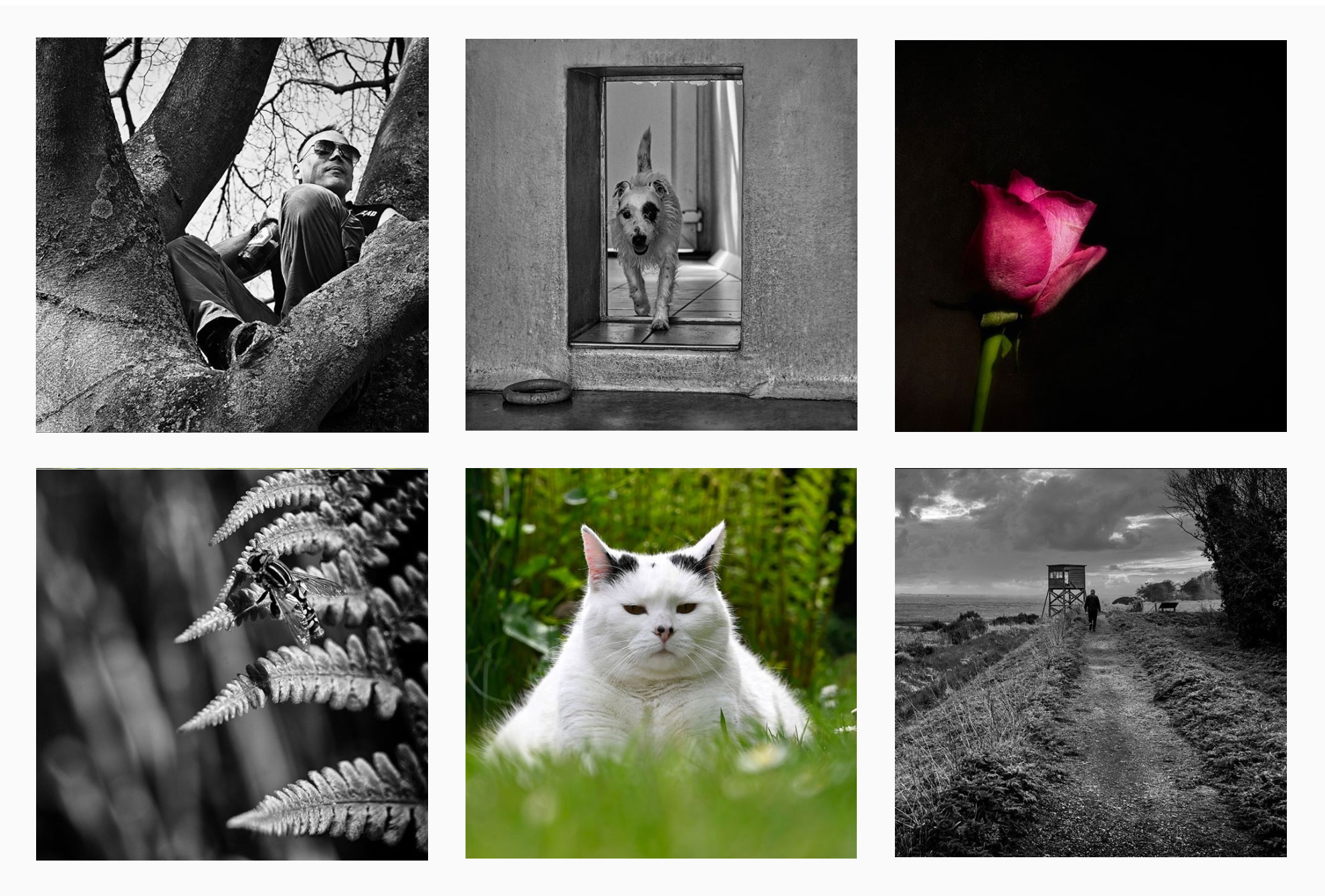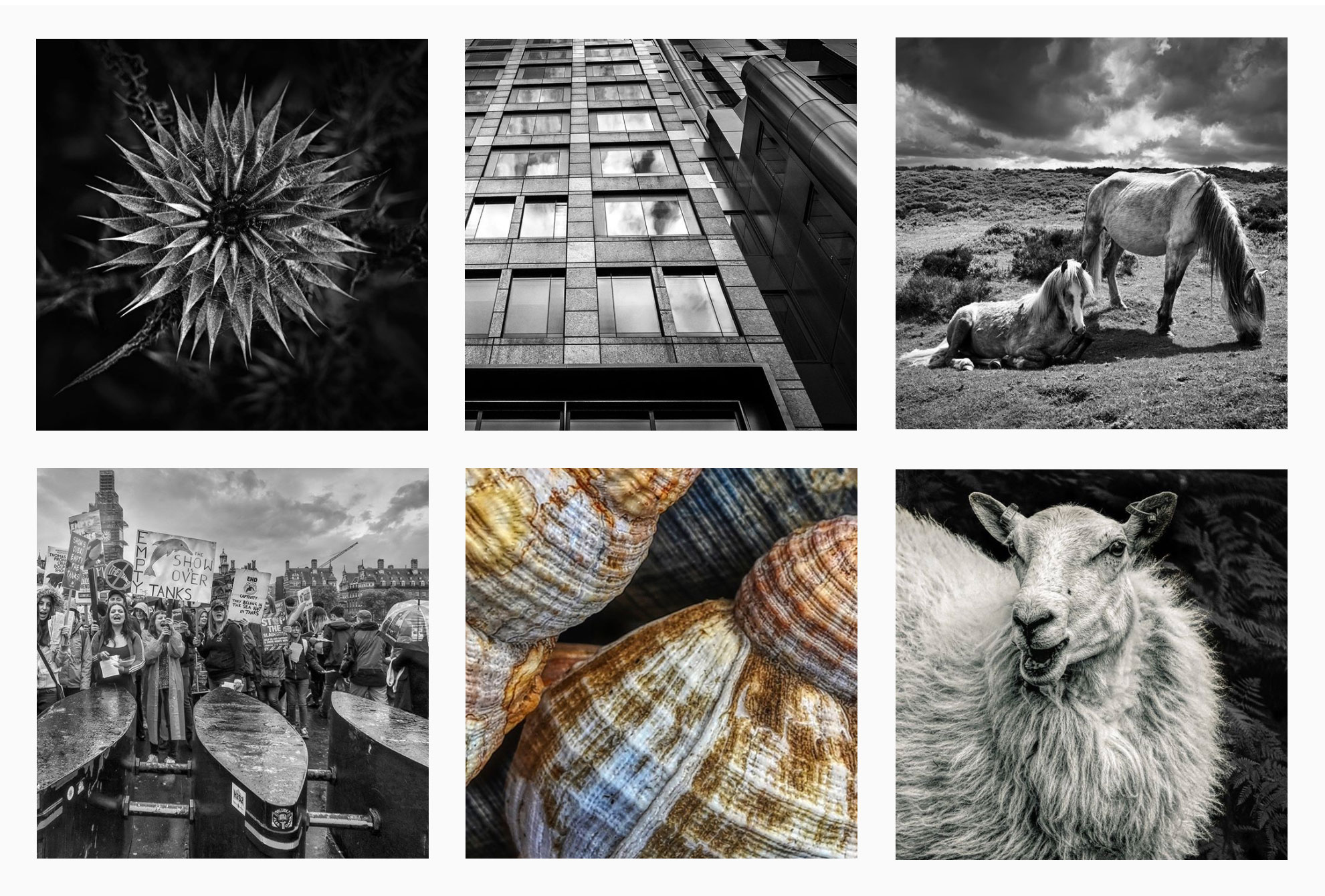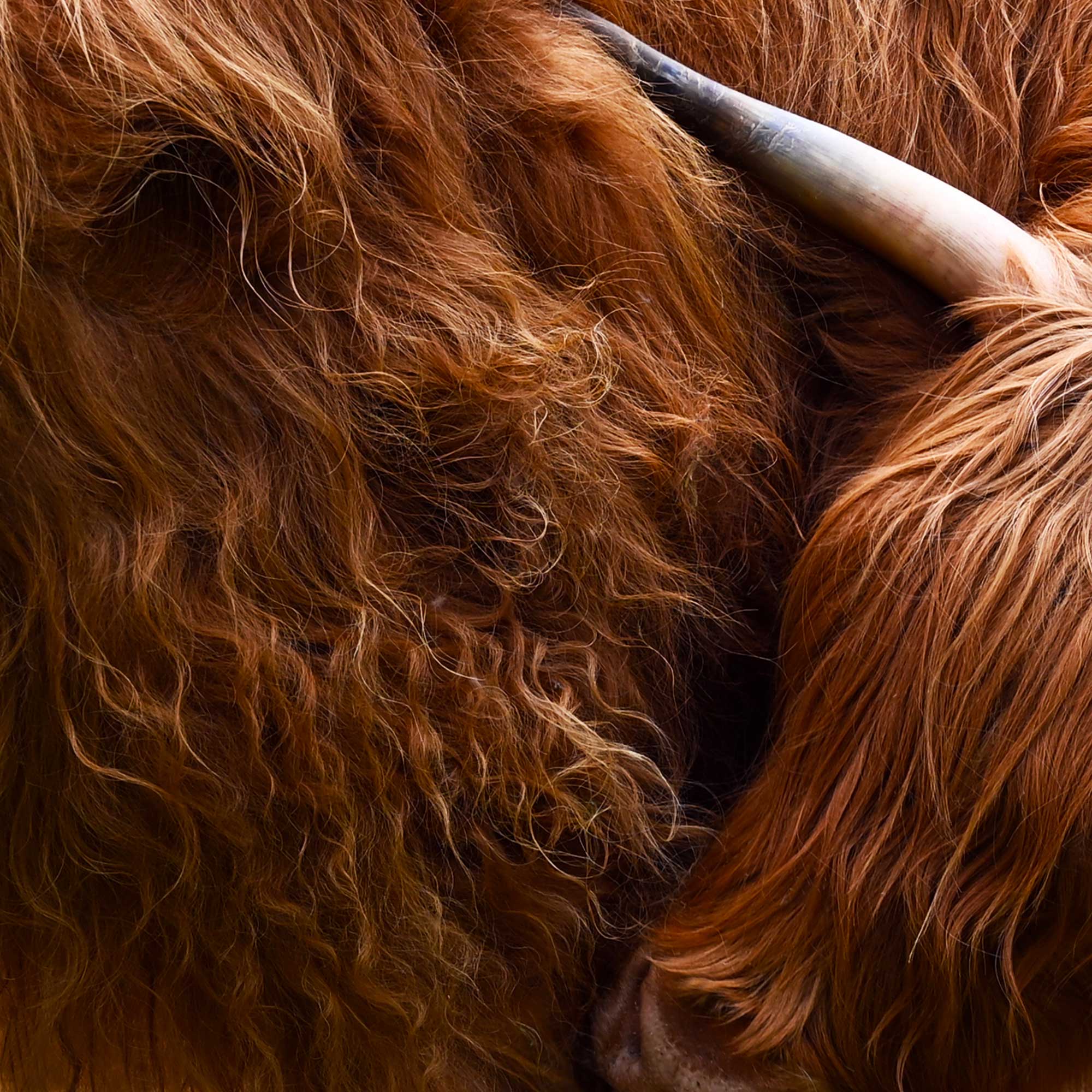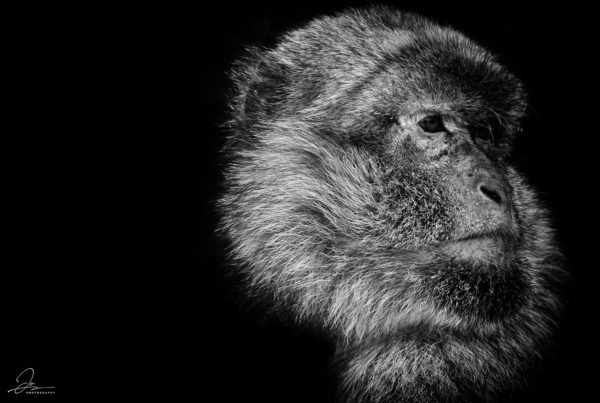
1: Viewpoint – Using a viewpoint as a strong compositional element.
2: Framing – Using what’s already in the image to draw attention.
3: Negative space – The area around or between your subject.
4: Diagonals – Angling elements on diagonal lines, can make for a stronger, more interesting, less static composition.
5: Rule of thirds – Imaginary lines that split your frame into 3, vertically and horizontally.
6: Leading lines – Drawing the viewer’s eye to the subject.

7: Symmetry – Symmetrical images are naturally eye-catching.
8: Fill the frame – An eyecatching compositional technique – no background, no foreground.
9: Balance – Arranging things in the frame so that no single part of the image overpowers any other part.
10: 3s and 5s – Odd numbers create a dynamic image.
11: Pattern – Where a pattern is the main element of the image.
12: No foreground – All subject and background.

13: Circular – Using circles to make a strong composition.
14: Form/shape – The form or shape of the subject is the main element of the composition.
15: Texture – Where texture plays a big part in the composition.
16: Leaving the frame – Composition is just as much about what you leave out as what you include.
17: Create depth – Maintaining a sense of depth.
17: Movement – Using a longer shutter speed or panning the camera.

19: Perfectly aligned – Everything is deliberately placed in the frame.
20: Deliberately discordant – A bit disturbing, makes you look twice.
21: Square format – An image composed for a square format.
22: Single focal point – One clear single focal point.
23: Tiny subject – Tiny in real life or in relation to everything else.
24: Complementary colour – Pairing colour with its complementary colour.

25: Mono – Many shades of the same colour.
26: Abstract – Not depicting a particular subject but using shape, colour and form.
27: Repetition – Creating an eye-catching composition.
28: S-curve – Incorporating an S curve.
29: Eye contact – Eye contact with your subject.
30: Break the rules.
View this post on Instagram
All photographs (c) Jo Phillips




